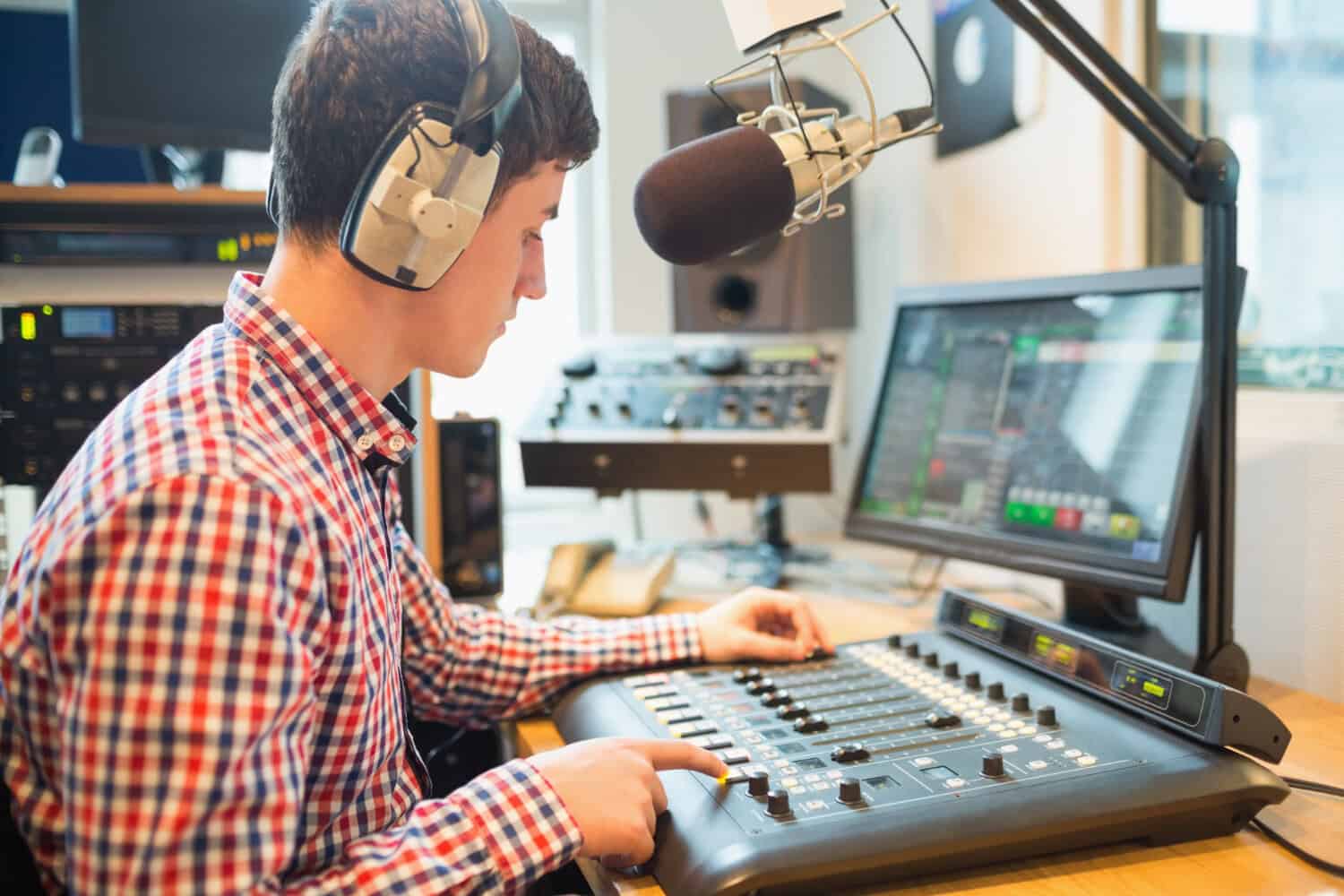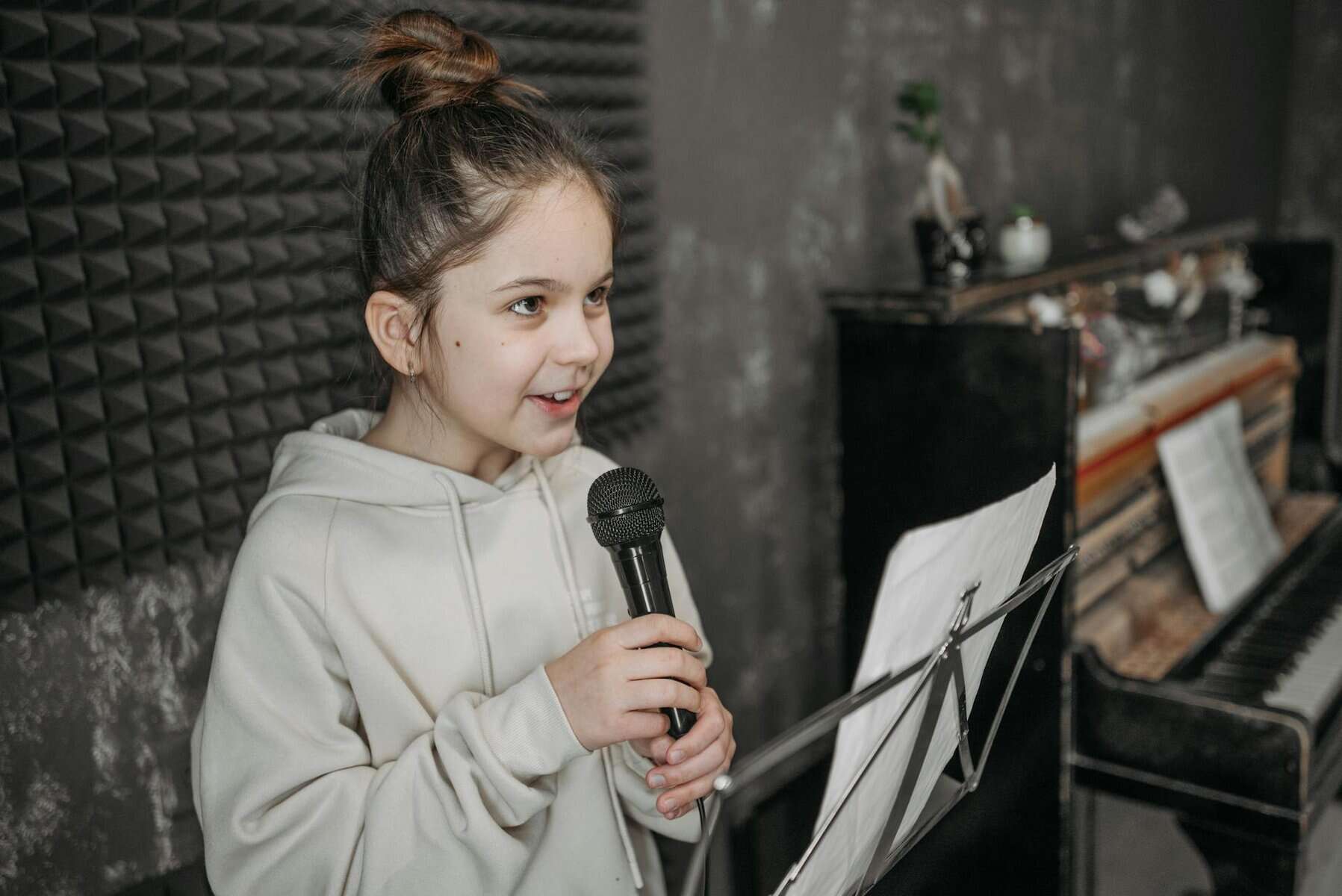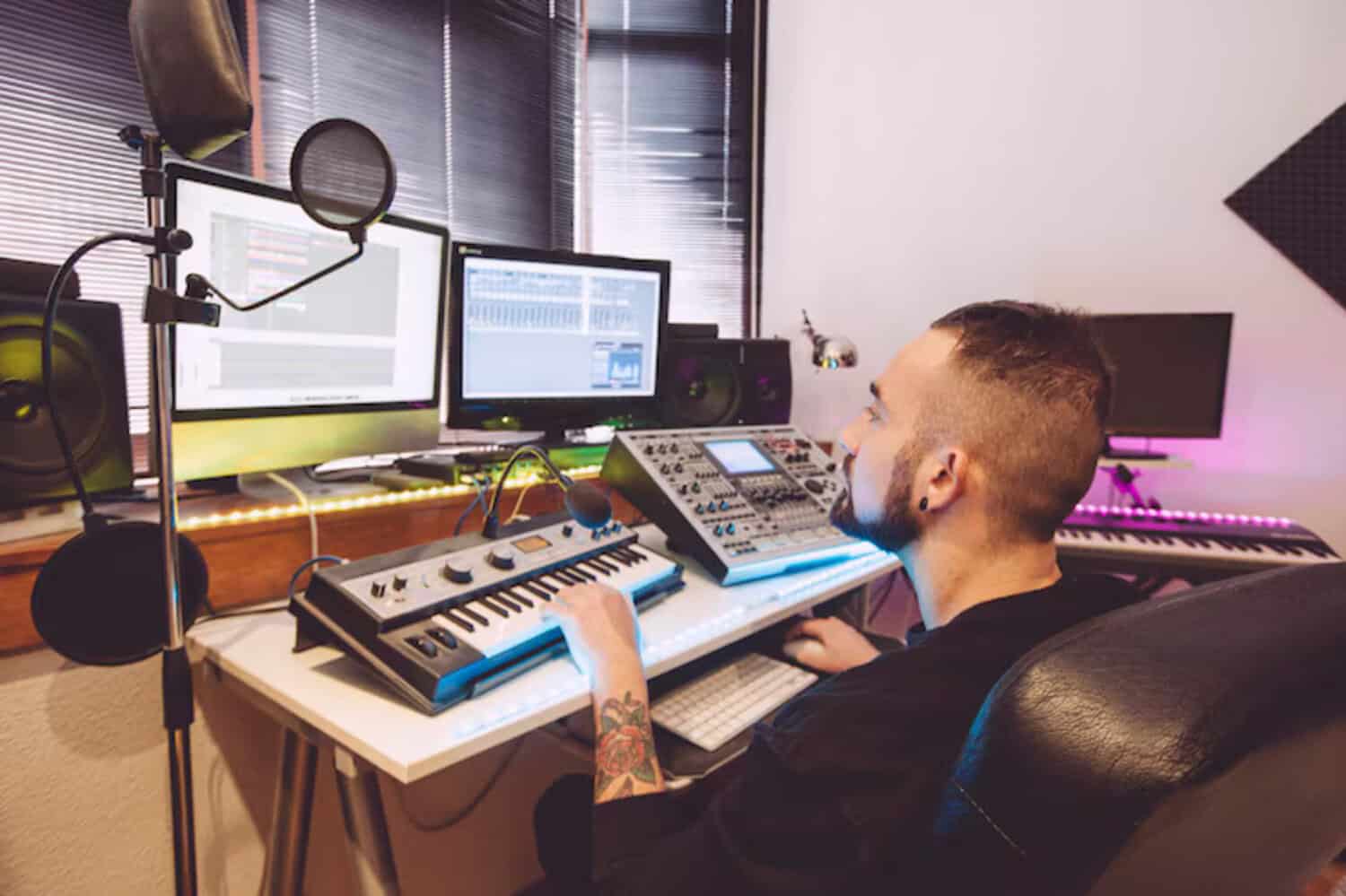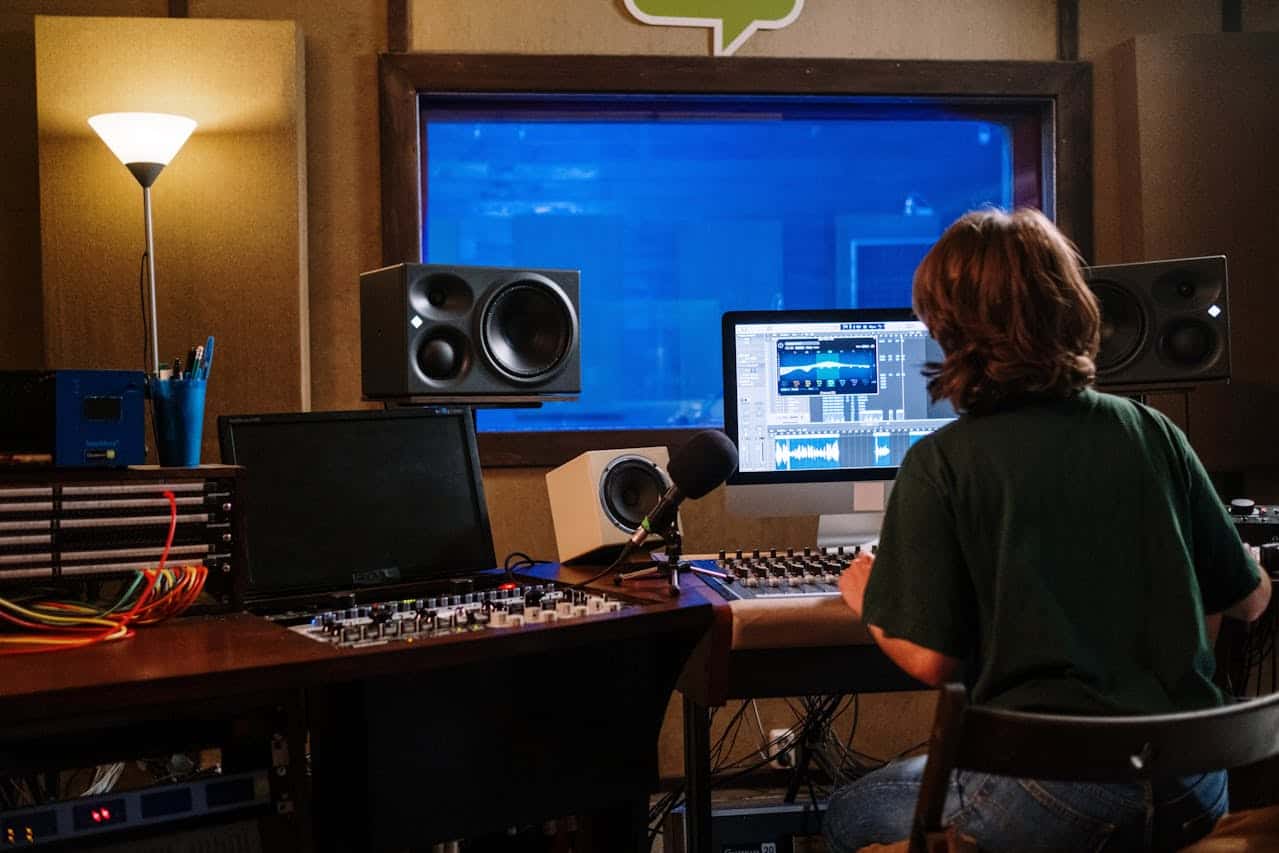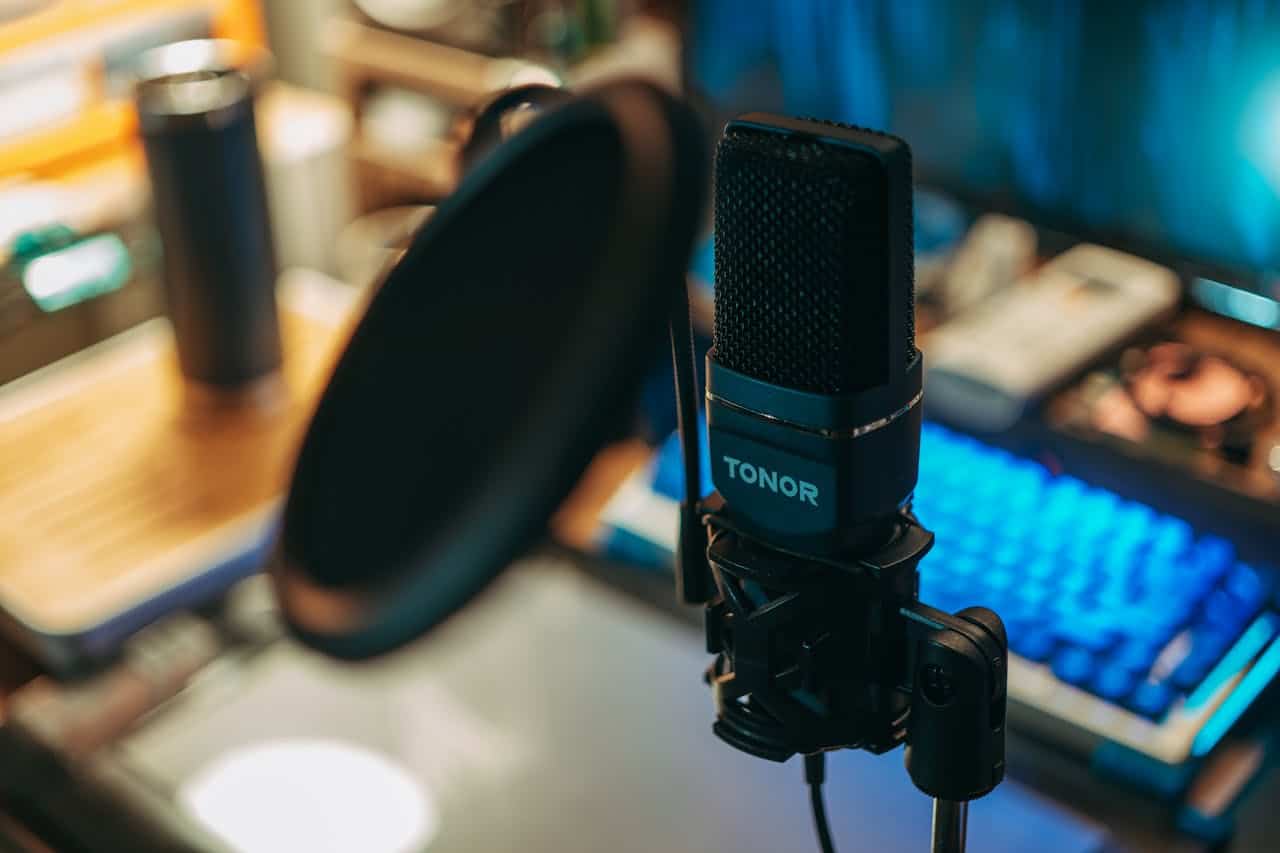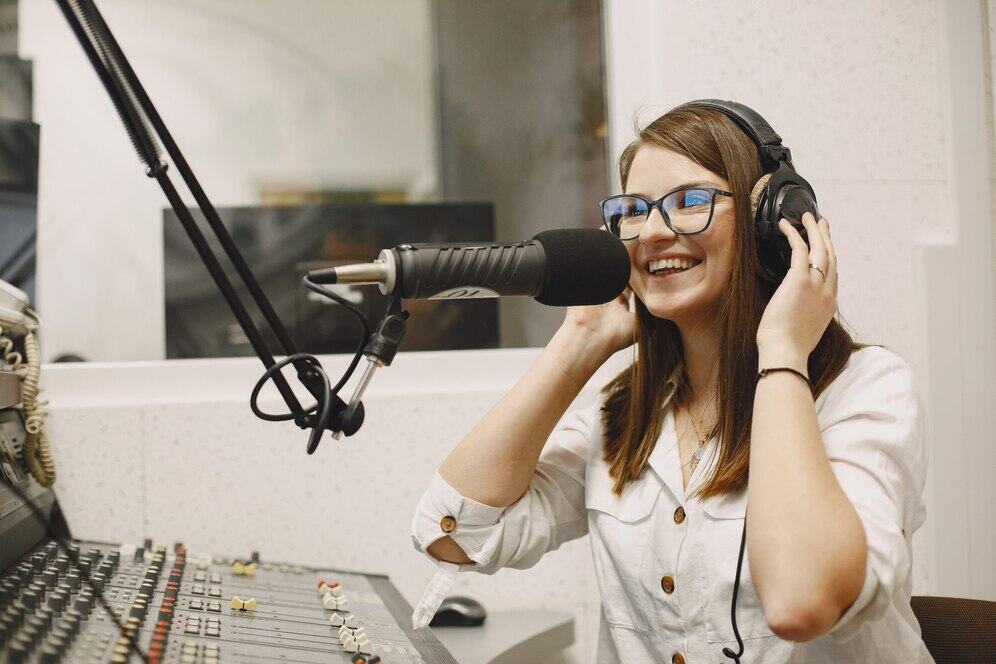Crafting radio ads that captivate audiences involves more than just delivering a message—it’s about sparking engagement and fostering a connection with listeners. Radio ads play a crucial role in advertising by reaching people in their cars, at home, or while jogging through their earbuds. The aim isn’t just to be heard; it’s to stop listeners in their tracks, make them take notice and, most importantly, remember what they heard. The result? An engaged audience that feels involved rather than being passive recipients of information.
At the heart of creating compelling radio ads lies an understanding of the audience. Knowing who the listeners are, what they care about, and when they tune in can make all the difference. The secret is tailoring the content to fit your audience’s preferences, ensuring that each ad resonates and prompts the desired response. Dive into radio ad optimization by first understanding your target market down to the core. This approach sets the stage for developing ads that not only catch attention but also drive meaningful engagement.
Understanding Your Target Audience
Creating radio ads that truly engage starts with getting to know your target audience inside out. This insight allows you to shape messages that speak directly to listeners as if you’re having a conversation that’s relevant and persuasive. Here’s how you can achieve this understanding:
– Identifying Listener Demographics: Start by gathering basic demographic information such as age, gender, income level, and location. This foundational knowledge helps tailor the message to fit the listeners’ lifestyle, interests, and needs. Are you targeting busy parents, tech-savvy teens, or retirees? Each group responds differently to advertising efforts.
– Analyzing Listening Habits: Understanding when audiences are most likely to listen to the radio can make a huge difference. Analyze data on peak listening times, preferred radio stations, and specific shows. This ensures your ads air during times that will catch your audience’s ear. For instance, morning and evening commutes often have higher listener numbers.
– Tailoring Content to Audience Preferences: Use insights gained from demographics and listening habits to create content that aligns with what your audience values and enjoys. If your audience prefers humor, incorporate a lighthearted touch in your ads. If they seek information, present useful insights that they can act upon.
Knowing your audience inside and out turns crafting radio ads into an exercise in conversation rather than a monologue. The more you know about your listeners, the better you can engage them with content that feels relevant and personal. It’s this personal touch that transforms an ordinary ad into a memorable, effective communication tool.
Crafting Compelling Radio Ad Scripts
Once you’ve got a deep understanding of your audience, the next step is creating scripts that stick. Good radio ad scripts are clear, concise, and compelling, effectively communicating your brand’s message. It starts with crafting a message that’s easy to grasp and hard to forget.
– Writing Clear and Concise Messages: Keep your message simple and direct. Use language that’s easy for everyone to understand, avoiding jargon that might confuse listeners. It’s about making every word count, ensuring the script is not bloated with unnecessary filler.
– Using Attention-Grabbing Hooks: Start strong right from the first sentence. A catchy opening can grab attention and spark curiosity. Consider beginning with a question, an interesting fact, or a bold statement that makes listeners want to hear more.
– Including Strong Calls-to-Action: Finish with a clear call-to-action that tells listeners exactly what to do next. Whether it’s visiting a website, calling a number, or checking out a special offer, make the action sound appealing and straightforward. This directs audience engagement to where it truly counts.
Crafting these scripts is much like building a conversation—one that invites listeners to lean in, engage, and take action.
Enhancing Audio Quality
Great scripts demand great audio quality. Just as you wouldn’t read a book with smudged print, a radio ad needs clean, crisp sound to make an impact.
– Importance of Clear and Professional Voiceovers: Choose a voice actor who fits your brand’s message. A professional voiceover adds polish and credibility to your ad, ensuring it sounds appealing and trustworthy.
– Utilizing Appropriate Background Music and Sound Effects: Enhance your ad’s emotion and engagement with the right music and sound effects. They can set the mood, reinforce the message, and keep listeners’ attention. However, ensure they complement the voice rather than drown it out.
– Balancing Audio Levels for Clarity: Test the audio mix. Make sure the voice, music, and effects blend seamlessly, with no element overpowering another. A well-balanced mix means the ad sounds great regardless of where it’s heard, be it through headphones or car speakers.
Focusing on audio quality ensures the ad is not only heard but also heard clearly, which enhances its effectiveness and audience engagement.
Testing and Measuring Ad Performance
Before going live, it’s wise to make sure your ad hits the mark. Testing offers invaluable insights and allows for tweaks that could make a significant difference.
– Conducting Pre-Air Testing: Share your ad with a focus group that matches your target audience’s profile. Listen to their feedback and make necessary adjustments. This real-world input can provide perspectives you might not have considered.
– Tracking Listener Engagement Metrics: Once the ad is live, use tracking tools to measure engagement. Keep an eye on metrics such as response rates, website visits, or phone calls generated by the ad. These insights help gauge the ad’s performance in real-time.
– Adjusting Strategies Based on Feedback: Use the data you gather to refine future ads. If certain scripts or sounds resonate well, incorporate those elements more frequently. Conversely, if something consistently underperforms, it might be time for a change.
Testing and measuring ensure that your radio ads don’t just play—they perform, delivering the audience engagement and results you desire.
Building Long-Term Engagement
Long-term success with radio ads means thinking beyond a single campaign. Consistency and interaction are key.
– Consistency in Brand Messaging: Maintain a consistent message across all your radio ads. This builds a strong brand identity and helps listeners associate specific messages and sounds with your brand.
– Creating Memorable Jingles: Jingles can be a powerful tool. An effective jingle sticks in the listener’s mind, often long after the ad airs. It creates a memorable link between the brain and your product or service.
– Encouraging Listener Participation and Feedback: Engage with your audience by encouraging feedback or offering interactive elements, like contests or call-ins. Listening and responding to audience feedback builds loyalty and helps tailor future ads to listener preferences.
Achieving long-term engagement turns each listener into an active participant, creating a relationship that extends beyond the airwaves. Radio ads become much more than background noise; they become a key component in your broader marketing toolkit.
Creating engaging and memorable radio ads is a journey that unfolds through well-crafted scripts and top-notch audio quality. To learn more about enhancing your advertising reach with expertly designed radio ads, connect with the creative team at Killerspots Agency. Our experts are ready to help you produce captivating ads that resonate with your audience. Reach out today at 513-270-2500.


